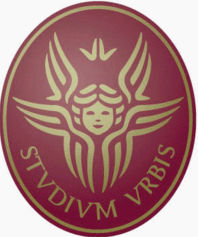Request Demo
Last update 08 May 2025
TUB
Last update 08 May 2025
Basic Info
Synonyms rd5, TUB, TUB bipartite transcription factor + [1] |
Introduction Functions in signal transduction from heterotrimeric G protein-coupled receptors. Binds to membranes containing phosphatidylinositol 4,5-bisphosphate. Can bind DNA (in vitro). May contribute to the regulation of transcription in the nucleus. Could be involved in the hypothalamic regulation of body weight (By similarity). Contribute to stimulation of phagocytosis of apoptotic retinal pigment epithelium (RPE) cells and macrophages. |
Analysis
Perform a panoramic analysis of this field.
login
or

AI Agents Built for Biopharma Breakthroughs
Accelerate discovery. Empower decisions. Transform outcomes.
Get started for free today!
Accelerate Strategic R&D decision making with Synapse, PatSnap’s AI-powered Connected Innovation Intelligence Platform Built for Life Sciences Professionals.
Start your data trial now!
Synapse data is also accessible to external entities via APIs or data packages. Empower better decisions with the latest in pharmaceutical intelligence.
Bio
Bio Sequences Search & Analysis
Sign up for free
Chemical
Chemical Structures Search & Analysis
Sign up for free



